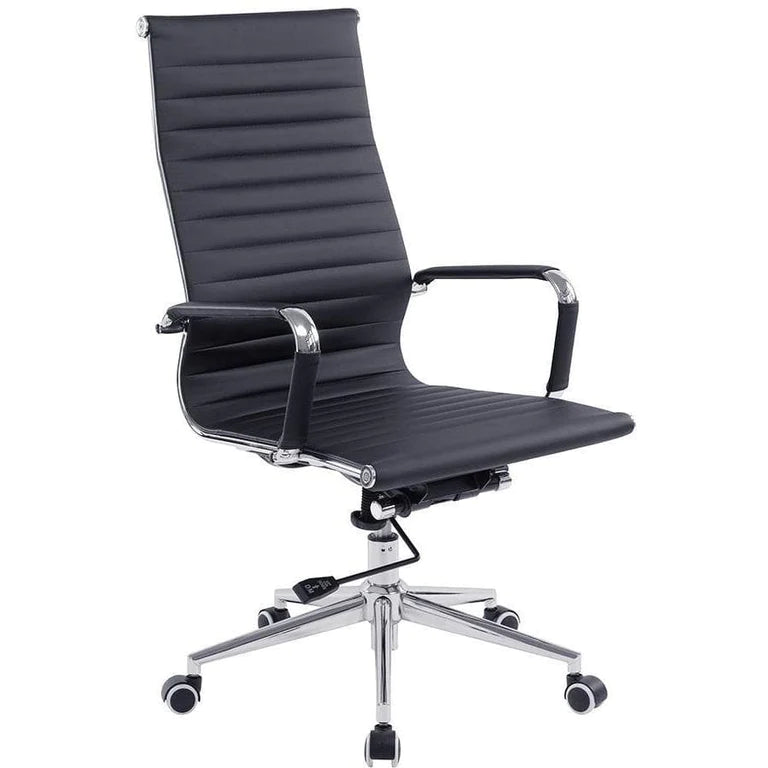
The Basics of Ergonomic Office Furniture

In the modern world, many of us spend the majority of our working days seated at a desk, staring at a computer screen. This reality of contemporary life makes the design of our office environments critically important. Ergonomic office furniture is a significant part of this design, aiming to maximize productivity while reducing operator fatigue and discomfort. But what exactly does "ergonomic" mean, and how does it apply to office furniture? Let's delve into the basics of ergonomic office furniture.
Understanding Ergonomics
Ergonomics, also known as human factors, is the scientific discipline concerned with understanding the interactions among humans and other elements of a system. It applies theory, principles, data, and design methods to optimize human well-being and overall system performance. In terms of office furniture, ergonomics is about designing furniture that complements the strengths and abilities of people and minimizes the effects of their limitations, rather than forcing them to adapt to a poorly designed environment.
Ergonomic Office Furniture
When we talk about ergonomic office furniture, we typically refer to chairs, desks, keyboards, mice, monitor stands, and even lighting that are designed with the human body and its movements in mind. The aim is to create a workspace that is flexible, adaptable, and adjustable to meet the unique needs of each individual.
An ergonomic chair, for example, should have a range of adjustments to fit different body sizes and shapes, provide support for the back's natural curvature, and have a seat that supports the thighs without pressing into the backs of the knees.
An ergonomic desk, on the other hand, should allow the user to place the monitor at eye level and keep the keyboard and mouse at a height that allows the elbows to rest at a 90-degree angle. A sit-stand desk, which can be adjusted to allow the user to alternate between sitting and standing, is another popular ergonomic solution.
Ergonomic keyboards and mice are designed to maintain the hands and wrists in a neutral position, reducing the risk of repetitive strain injuries.
The Importance of Ergonomic Office Furniture
Ergonomic office furniture can have a significant impact on productivity and overall health and well-being. Poorly designed office furniture can lead to discomfort and injury over time, such as back pain, neck strain, carpal tunnel syndrome, and other musculoskeletal disorders.
On the other hand, a well-designed, ergonomic workspace can help to prevent these issues, leading to more comfortable and productive workers. Good ergonomics can also lead to improved job satisfaction, lower levels of stress, and better mental well-being.
Conclusion
Ergonomic office furniture is more than just a buzzword or a passing trend. It's an essential consideration for any organization that cares about the health, well-being, and productivity of its workers. By understanding the basics of ergonomic office furniture, you can make informed choices that will benefit both you and your employees in the long run.
In our upcoming posts, we will delve deeper into the specifics of different types of ergonomic office furniture, how to choose the right pieces, and how to set up an ergonomic workspace. Stay tuned!
Do you want to dig deeper into office work ergonomics? Read our comprehensive ergonomics guide.









